If you're a real estate investor searching for financing that moves fast and works around your income profile, a DSCR loan could be the right solution. At Lendz Financial, we help investors qualify based on rental income, not personal income. Hence, you can secure funding even if you don’t fit into traditional lending boxes.
DSCR loan requirements are simple. However, knowing what lenders look for can make or break your deal. You’ll need to understand how rental income affects approval, what credit profile is required, and how property performance impacts your terms.
If you’re asking yourself if now’s the right time to apply, this guide will walk you through what’s needed and how to set up your next deal for success.
What Makes DSCR Loans Unique for Real Estate Investors?
Unlike conventional loans that rely on W-2s, tax returns, and employment history, DSCR loans shift the focus to the property's income. This makes them ideal for brokers and investors building portfolios across multiple markets. Are you adding a short-term rental, closing on a duplex, or scaling into multifamily deals? The suitable DSCR loan gives you flexibility, speed, and leverage.
Defining Debt Service Coverage Ratio and Its Role in Loan Requirements
The Debt Service Coverage Ratio, or DSCR, measures the amount of income a property generates concerning its housing expenses. Lenders use this ratio to assess the likelihood that the rental income will cover the mortgage.
Unlike traditional loans, which require income documentation such as tax returns, DSCR loans rely on the rental income of the property. This provides investors with more flexibility, particularly those with complex financial situations or who own multiple properties.
What Is Debt Service Coverage Ratio (DSCR)?
DSCR stands for Debt Service Coverage Ratio. It reflects the amount of gross rental income a property generates compared to its annual housing expenses. A DSCR of 1.0 means the rental income exactly matches the annual debt payments.
Anything above 1.0 shows surplus income. A DSCR below 1.0 indicates that the property’s cash flow is insufficient to cover the debt.
How Is DSCR Calculated for Investment Properties?
To calculate DSCR, divide the property’s annual gross rental income by the total annual housing costs. These costs typically include principal, interest, taxes, insurance, and homeowners' association (HOA) dues.
For example, if the property generates $120,000 in rent and the total housing cost is $100,000, the DSCR is 1.2. That means the income covers the housing expenses with room to spare. It’s a quick way to measure the income strength of the investment property.
Key Differences Between DSCR and Traditional Loan Metrics
Traditional loans rely on personal income, employment history, and debt-to-income (DTI) ratios. That process works for primary residences but creates hurdles for investors with multiple properties or unconventional income streams.
DSCR loans streamline the underwriting process by focusing entirely on the income generated by the property. There’s no need for tax returns, W-2s, or employment verification. Lenders evaluate the deal based solely on rental income and housing expenses.
This approach gives real estate investors greater control over their financing, removing personal income from the equation. It also speeds up approval times, making it easier to secure funding and capitalize on new investment opportunities quickly.
Basic Requirements for Obtaining a DSCR Loan
To secure a DSCR loan, borrowers must meet specific requirements:
Minimum Credit Score Necessary for Approval
Credit still matters, even though income documentation doesn't. Higher credit scores can unlock better pricing and more flexible terms.
Lenders consider credit scores an important indicator of financial reliability, even when cash flow is the primary driver of the underwriting process. Although DSCR plays a central role, credit history still supports the overall lending decision.
Loan-to-Value (LTV) Ratio Explained
Loan-to-Value (LTV) represents how much financing you're requesting compared to the property's value. In terms of DSCR loans, they typically allow a maximum loan-to-value (LTV) ratio between 70% and 80%. The exact percentage depends on the specific loan program and the property's DSCR.
A higher DSCR may allow for a higher LTV. If your DSCR is right at the cutoff point, expect a more conservative LTV limit. Lower LTVs mean more equity in the deal and lower risk for the lender, which can help expedite the loan approval process.
Understanding the Debt Service Coverage Ratio Requirement
Your DSCR determines not only your eligibility but also your rate, loan amount, and down payment. Maintaining strong rental performance and accurate lease documentation can help enhance your Debt Service Coverage Ratio (DSCR) and increase your loan options.
Property Types Eligible for DSCR Loan Applications
Our DSCR loans are specifically designed for residential investment properties. This includes single-family homes, townhomes, condominiums, and properties with 2-4 units. We also offer specialized programs for 5-8 unit properties and some mixed-use scenarios under our expanded DSCR offerings.
Short-term rentals may also qualify, depending on the documentation you can provide to prove consistent income. Owner-occupied properties are not eligible under DSCR guidelines.
Maximum Loan Amounts Based on Your DSCR
The maximum loan size depends on your debt service coverage ratio (DSCR), credit score, and loan-to-value (LTV) ratio. A stronger DSCR can enable you to qualify for a larger loan at more favorable rates.
Each investor’s profile is priced individually, so there is no hard cap that applies to every situation. However, our average loan sizes typically range from $250,000 to $2 million. Larger loans require a stronger financial profile and more consistent property income.
Upsides and Downsides of Choosing a DSCR Loan
A DSCR loan offers several advantages for real estate investors, but it also comes with certain drawbacks. Understanding both the upsides and downsides is essential before deciding if it's the right financing option for your needs.
Advantages of DSCR Loans for Real Estate Investors
DSCR loans enable real estate investors to move quickly on income-producing properties without having to review personal tax documents. You won’t need to explain write-offs or unusual income streams. The property qualifies based on its income.
This simplifies underwriting and speeds up closings. Investors who hold multiple properties benefit the most, as DSCR loans don’t add personal debt-to-income (DTI) strain. If the rental income is viable, the deal is viable. That flexibility allows you to scale your portfolio without waiting for lengthy paperwork cycles.
DSCR loans also offer options such as interest-only terms, flexible prepayment structures, and expedited funding timelines. At Lendz Financial, we typically close most deals within three weeks of submission to funding. That speed gives brokers and investors a serious edge in competitive markets.
Potential Drawbacks of DSCR Loans Brokers Should Consider
The trade-off for flexibility is pricing. DSCR loans may carry slightly higher rates than conventional loans because lenders are assuming a greater level of risk. If your DSCR is on the lower end, you could face higher interest or need to bring more money to closing.
Lower LTVs and tighter credit overlays may also apply in riskier scenarios. These loans also don’t allow for owner-occupied properties or second homes. It’s strictly for investment use.
DSCR loans also rely heavily on current market rents. If the property underperforms or your lease rates are below market, your Debt Service Coverage Ratio (DSCR) could fall short. That could delay approval or shrink your loan amount. Maintaining proper documentation (leases and 1007 rent schedules) is key.
Final Thoughts on DSCR Loan Requirements and Preparedness
Understanding the requirements and preparedness needed for a DSCR loan is crucial for making an informed decision. By evaluating your financial situation and property income, you can determine if this loan is the right choice for your investment goals.
Review Your Financial Readiness for a DSCR Loan
Before applying, review your current and projected rental income, credit score, and down payment options. If your DSCR is borderline, take steps to improve it.
Lock in lease agreements, reduce property expenses, or consider a larger down payment. Stronger deals move faster and face fewer conditions. A good DSCR is about approval and leverage. The better your numbers, the more room you have to scale.
Explore Our DSCR Loan Products and Opportunities
At Lendz Financial, we serve brokers and investors who want to move fast and close with confidence. Our DSCR loan programs prioritize real-world deal flow and cut out unnecessary paperwork.
We structure loans based on your property's income, so you skip personal tax returns, W-2s, and employment checks that slow the process. Clear more hurdles with less effort and gain more time to grow your portfolio.
We tailor our core DSCR products for 1-4 unit residential investment properties and offer flexible options for 5-8 unit, mixed-use, and cross-collateralized deals. If your property generates steady rental income, we provide the tools to help you close. Our in-house team underwrites quickly and accurately, keeping turn times tight, typically around three weeks from submission to funding.
You bring the deal and we handle the heavy lifting. We back you with clear guidelines, responsive communication, and lending solutions built for today’s market. Contact us today to scale your real estate business with financing that fits your strategy.
Most Frequently Asked Questions
What is a DSCR loan?
It’s a loan that focuses on property cash flow. Lenders use the DSCR metric to determine whether the rental income is sufficient to cover the mortgage.
Is a DSCR loan hard to get?
Not if the property generates enough income to cover its housing costs. Strong credit and rental documentation help expedite the process.
Can you get a DSCR loan with no down payment?
No. Most DSCR loans require a down payment of at least 20% to 30%, depending on the property type and DSCR ratio.
What are the downsides of a DSCR loan?
Higher interest rates, limited eligibility for low-income properties, and strict rental income requirements can be challenges.
How much do you need to put down for a DSCR loan?
Most programs require 20% to 25% down, but this depends on your DSCR and credit profile.
How is DSCR calculated?
Divide annual gross rental income by annual housing expenses (including PITI and HOA).
How do DSCR loans work?
These loans rely on rental income to qualify for approval. If the property generates enough revenue to cover the mortgage, you may be eligible without needing to provide tax returns.

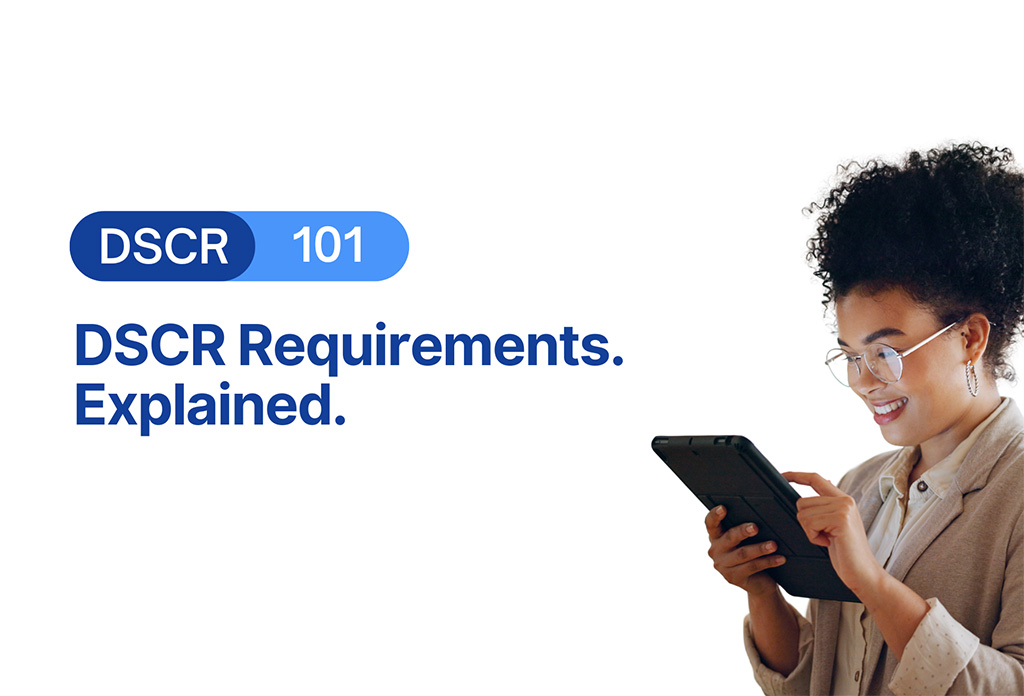
.png)
.png)
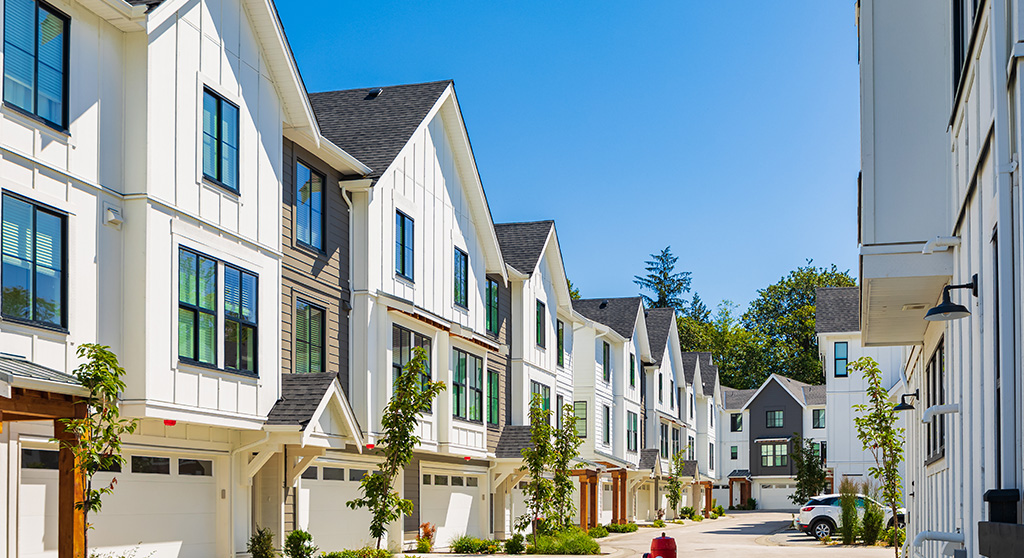







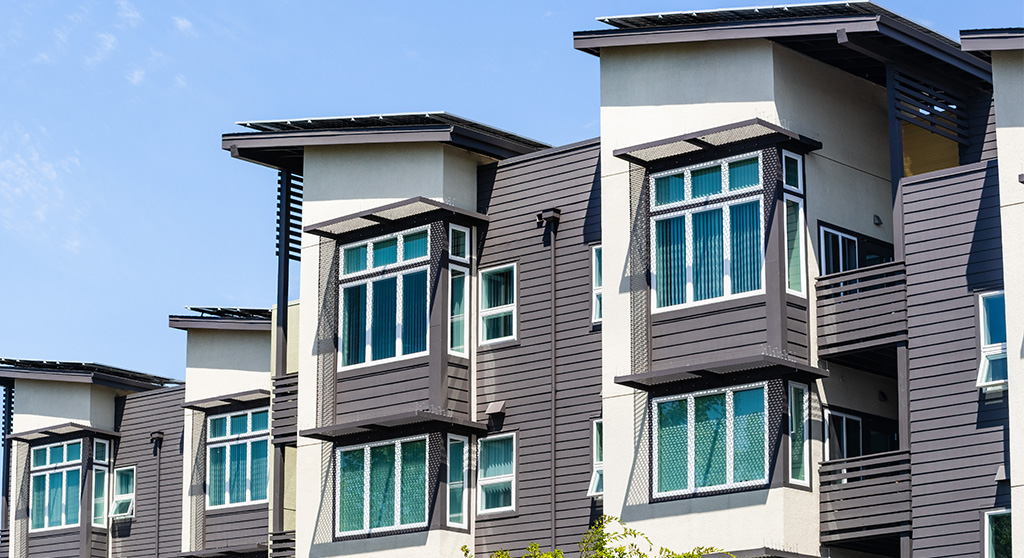
.png)
.png)
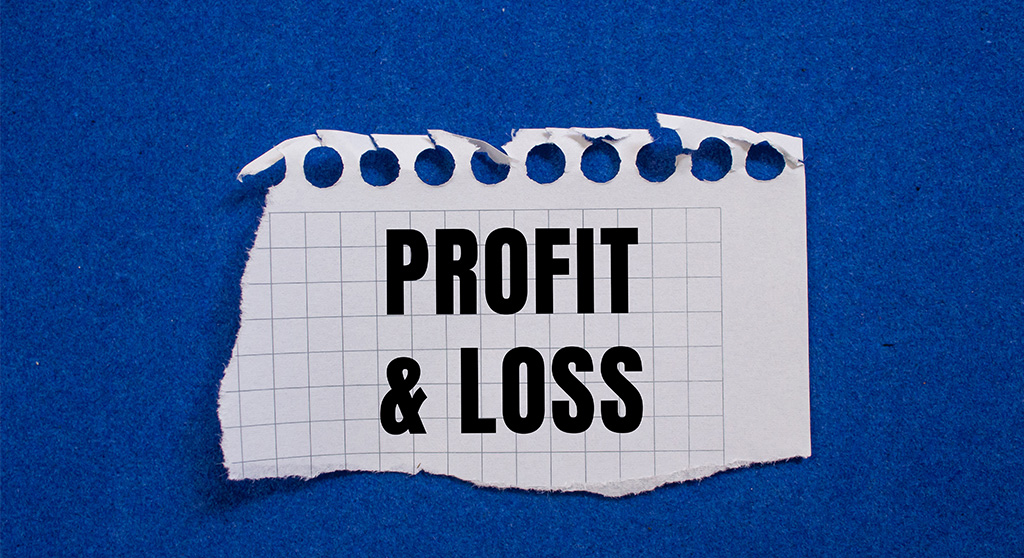


.png)


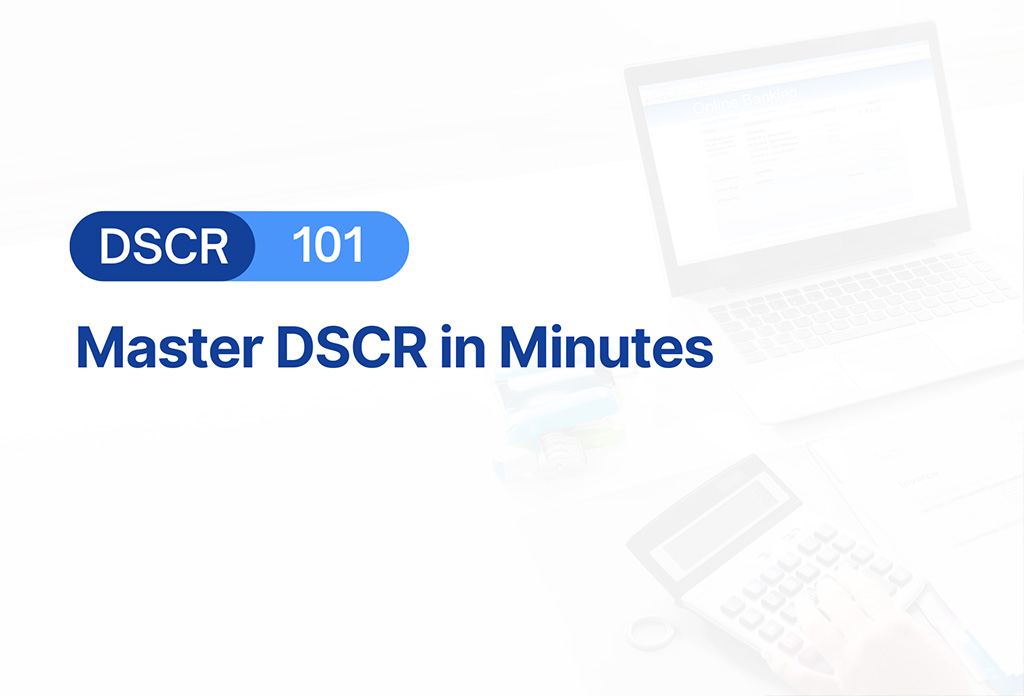









.png)
.png)

